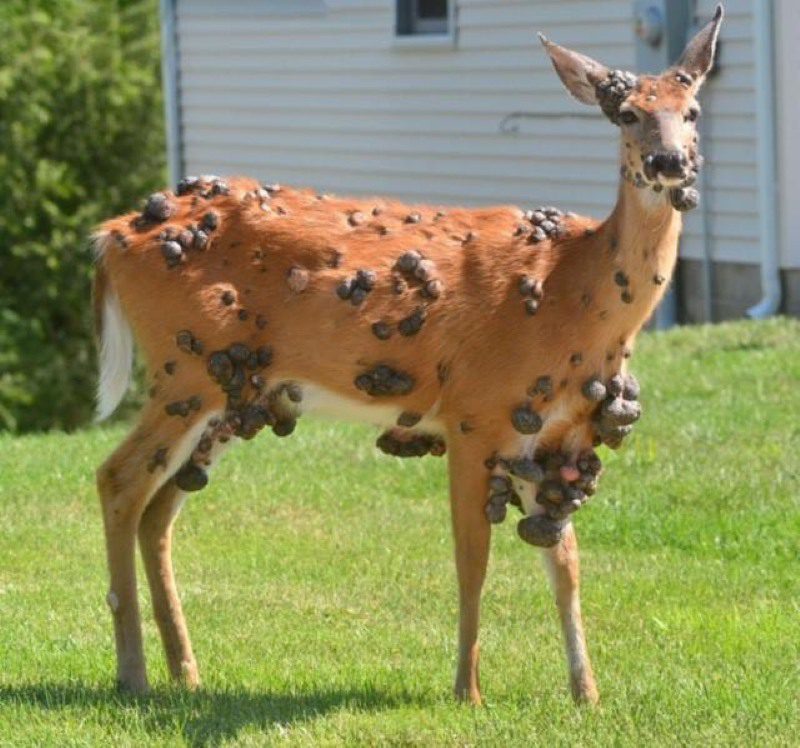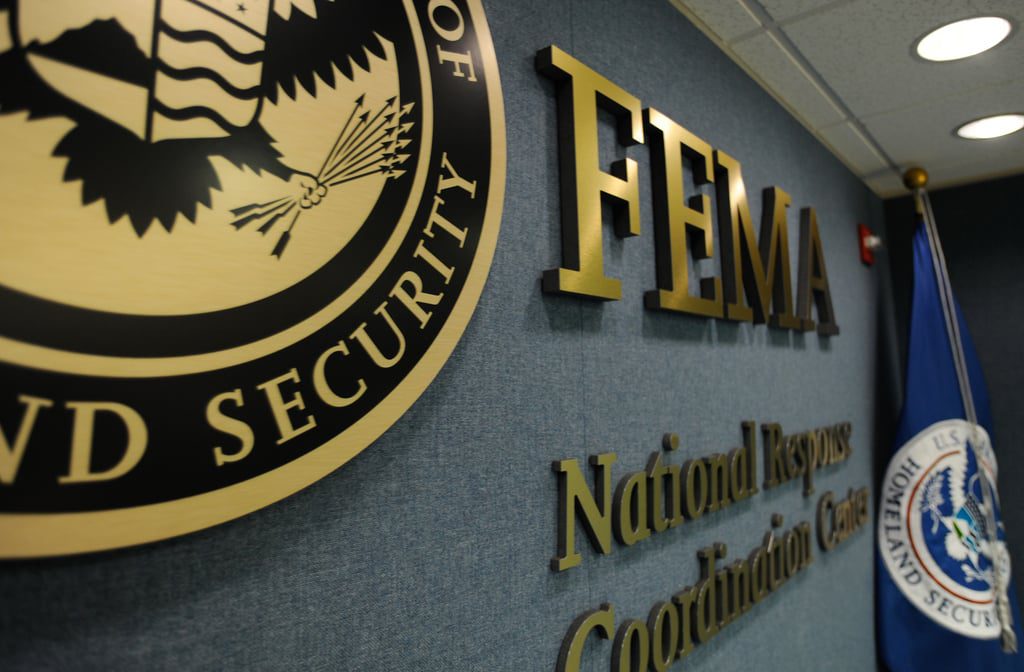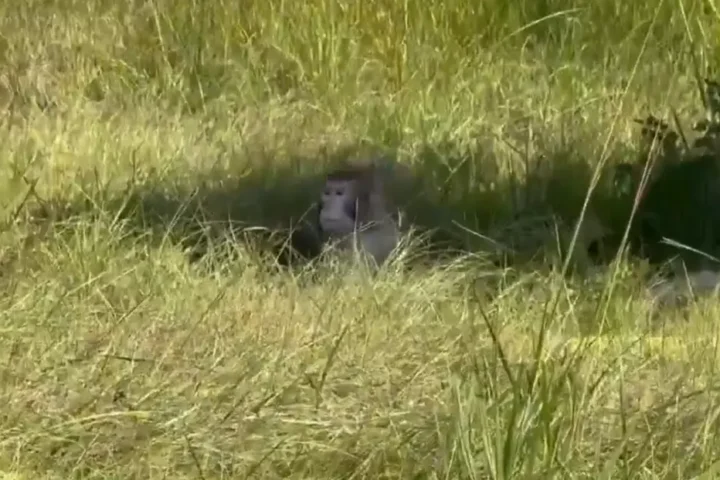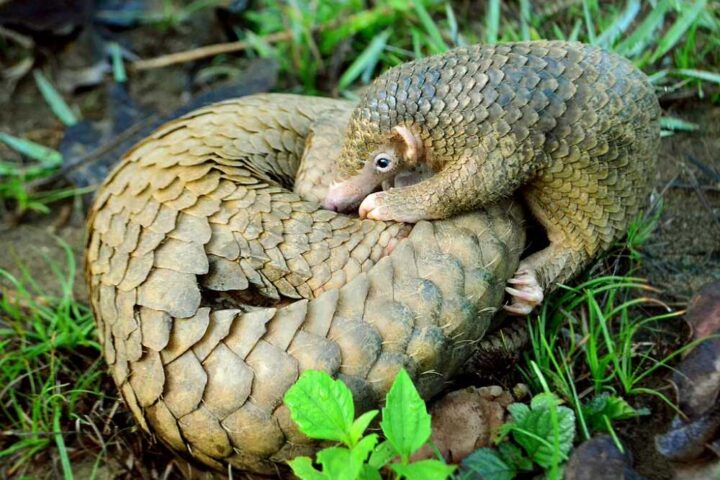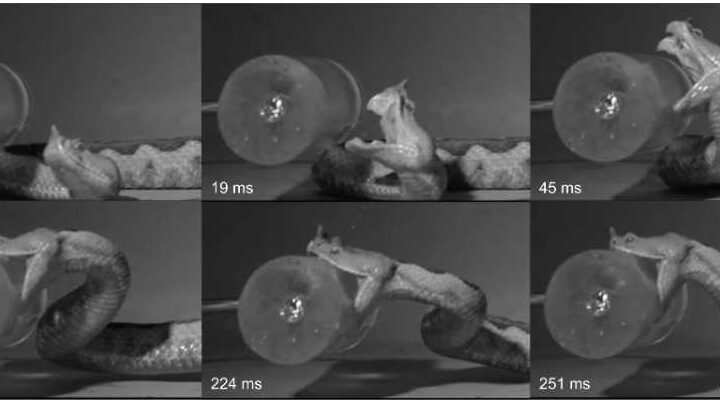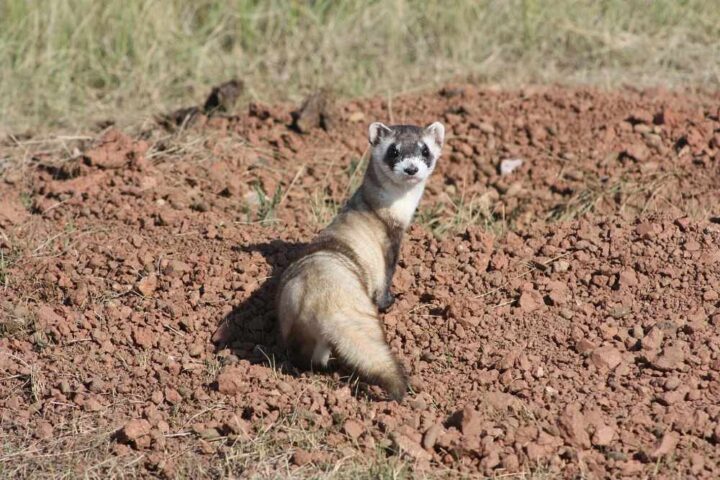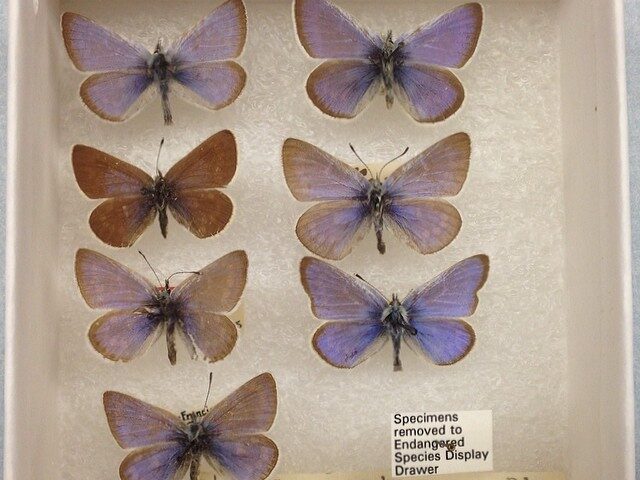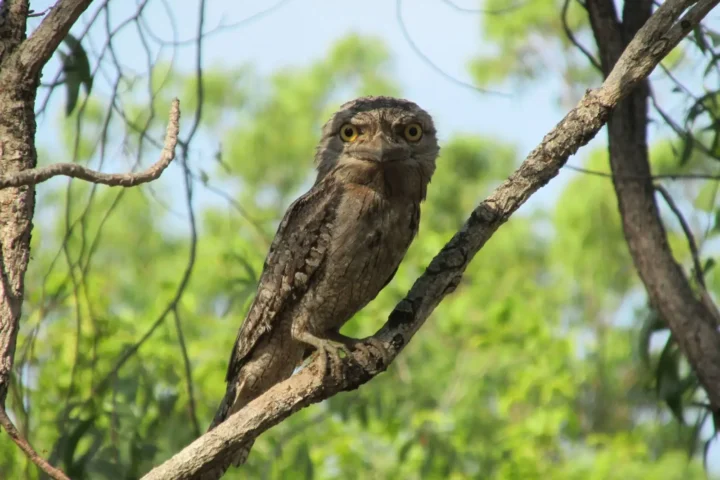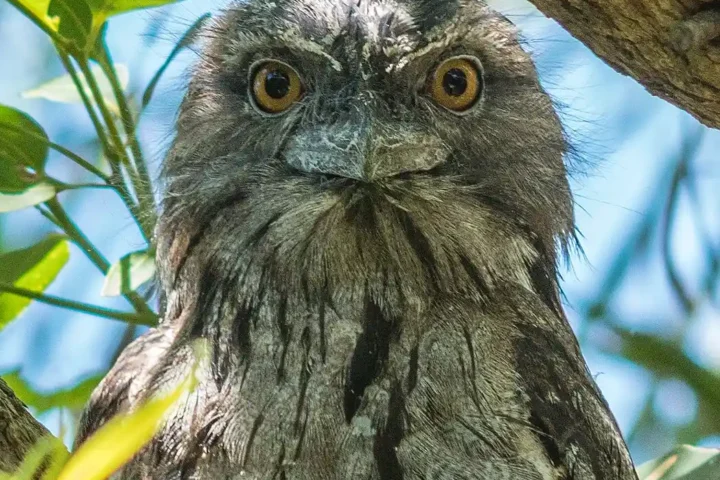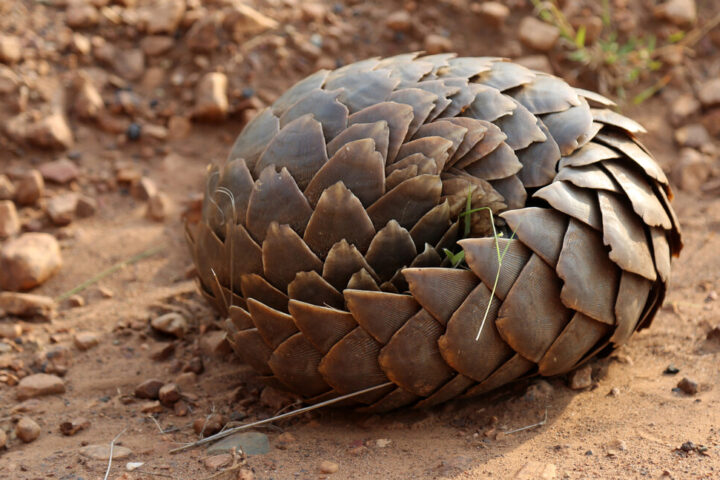Those strange bumps are deer cutaneous fibromas – wart-like growths caused by a papillomavirus specific to deer. These hairless tumors range from pea-sized to several inches in diameter (rarely coalescing into larger masses) and typically appear on the head, neck, and legs.
“Cutaneous fibromas are common in white-tailed deer and seldom pose a health threat,” says the Pennsylvania Game Commission. The condition has been documented since at least the 1950s in scientific literature.
The fibromas affect multiple deer species including white-tailed, mule, fallow, red, roe, sika, moose, and caribou. Interestingly, bucks show higher rates of infection, possibly due to fighting and rubbing behaviors that facilitate transmission.
Summer Bugs and Deer Bumps
The timing explains the recent surge in sightings and social media posts. Late summer through early fall marks peak fibroma season, primarily because that’s when biting insects are most active.
“Fibromas are transmitted by biting insects such as mosquitoes and ticks,” says the Wisconsin Department of Natural Resources. “When these insects bite an infected deer and then bite another, they can transfer the virus.”
Beyond insects, the virus is spread through direct contact between deer, especially during rutting season when males fight. Contaminated vegetation and shared rubbing posts can also harbor the virus.
Similar Posts
No Danger to People or Pets
Perhaps the most important fact: this virus poses zero risk to humans, dogs, cats, or livestock.
“Because fibroma viruses are species-specific, wildlife fibromas are not transmissible to humans,” Cornell Wildlife Health Lab explains.
For hunters wondering about venison safety, wildlife agencies provide clear guidance. The Maine Department of Inland Fisheries and Wildlife advises: “Carcasses with fibromas are safe to eat if growths are confined to the skin and no secondary infection is present. Simply skin the deer and discard the affected hide.”
Not New, Not Mutants, Not Worrisome
Long-term studies from New York show most deer develop immunity early in life. While the growths appear disturbing, they rarely harm the deer unless they interfere with vision, eating, or movement.
“We see fibroma reports every year, mostly during rut and hunting seasons,” says Washington Department of Fish and Wildlife. “There’s no sign of any recent increase.”
Some experts suggest climate change may eventually expand the disease’s range as warmer temperatures extend insect seasons in some regions.
Telling Deer Warts from Other Wildlife Conditions
Wildlife enthusiasts should know that deer fibromas differ from similar-looking conditions in other animals. These are caused by different viruses than the squirrel fibromatosis (caused by a poxvirus) or the Shope papillomavirus that causes horn-like growths on rabbits.
What Should You Do?
If you spot a deer with fibromas:
- Leave it alone – intervention typically isn’t necessary
- Contact your state wildlife agency only if the deer appears severely impaired
- Use insect repellent in deer habitats to protect yourself from the same biting insects
- Keep pets from interacting with wildlife
No vaccine or treatment exists for wild deer populations. In captive settings, veterinarians occasionally remove severe growths surgically, but this isn’t practical or necessary for wild deer.
Bottom Line
The “mutant deer” photos show a common, long-documented wildlife condition. The fibromas look startling but pose no risk to humans or pets. Wildlife agencies across the country monitor the situation but report no unusual increases in cases as of August 2025.
